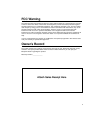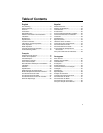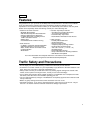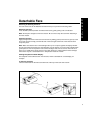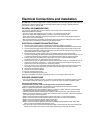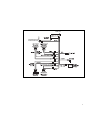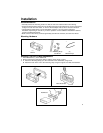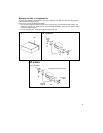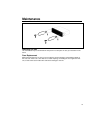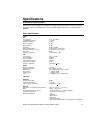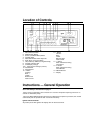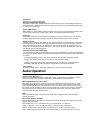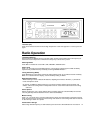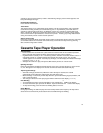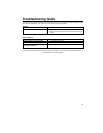
6
Electrical Connections and Installation
@/<?#&*>@! To avoid the aggravation of costly mistakes and serious damage that could make you
feel this way, please carefully read all of the instructions before you begin. Carefully follow all
instructions. You’ll be glad you did!
GENERAL RECOMMENDATIONS
• If you’re not confident that you can install the unit correctly, have it installed by a qualified
Blaupunkt installation technician.
• Use this unit only with negative ground 12 Volt (11-16 Volt) direct current (DC).
• Be sure to detach the faceplate before you start to connect or install the unit.
• Don’t assume that a seemingly matching wire harness in the vehicle has leads that match the
leads of the unit’s wire hareness.
• We recommend making and testing all electrical connections before installing the unit. Connect
the leads (wires) according to instructions and diagram below.
ELECTRICAL CONNECTION INSTRUCTIONS
1. Disconnect the vehicle battery’s negative terminal before making connections.
2. Connect the speakers following the guidelines in the SPEAKER CONNECTION section below.
3. Connect the blue (trigger output) lead to the antenna motor trigger switch input terminal. The
total amperage required of the blue lead must not exceed 300 mA. DO NOT connect the blue
lead to the antenna’s power supply input.
4. Connect the black (power ground) lead to a grounded metal part on the vehicle. We
recommend grounding all audio system black ground leads (head unit, RF CD Changer, etc.) to
a common grounding point, preferably a non-painted surface under the instrument panel.
5. Connect the yellow (constant power) input lead to a source of constant battery power,
preferably a terminal to an appropriate slot in the fuse box.
6. Connect the red (turn-on power) input lead only after the other leads are connected. Be sure to
connect the red lead to a positive (+) 12 Volt power terminal that is energized only when the
ignition key is set to the on position or accessory position.
7. Cover the ends of any unused leads with electrical tape. This will prevent them from touching
the vehicle or each other and causing a short-circuit and damage to the radio or vehicle.
8. Reconnect the vehicle’s battery.
9. Verify that no fuses have blown.
10. Plug the harness into the unit.
11. Attach the faceplate and test the unit.
Once the connections have been successfully made, you can begin to mount the unit.
SPEAKER CONNECTIONS
• You can connect a speaker (regular, co-axial or tri-axial speakers or component speaker system,
all hereafter referred to simply as “speaker”) to each of the units’ four pairs of speaker leads.
Connecting the Speaker Leads
To prevent short circuits or serious damage to the receiver and/or speakers:
• Connect the speaker leads only as indicated in the wiring diagram. Disconnect the vehicle
battery’s negative terminal before making connections.
• Only use speakers that have impedance ratings of 4 ohms or higher and have power-handling
capabilities greater than the receiver’s stated power level.
• The unit’s internal amplifier is designed to handle a 4-ohm load on each pair of speaker leads.
• DON’T connect two speakers to a single pair of speaker leads (“in parallel”) unless both speakers
each have at least 8 ohms impedance.
• DON’T connect the left and right speaker leads to each other or to the same speakers.
• DON’T connect the front and rear speaker leads to each other or to the same speakers.
• DON’T connect the negative speaker leads to each other.
• DON’T connect the positive speaker leads to each other.
• DON’T connect any active speakers (with built-in amplifiers) to the speaker leads unless their
owner’s manuals specifically state that this is O.K.
• Cover the ends of any unused leads with electrical tape. This will prevent them from touching the
vehicle or each other and causing a short-circuit and damage to the radio or vehicle.




